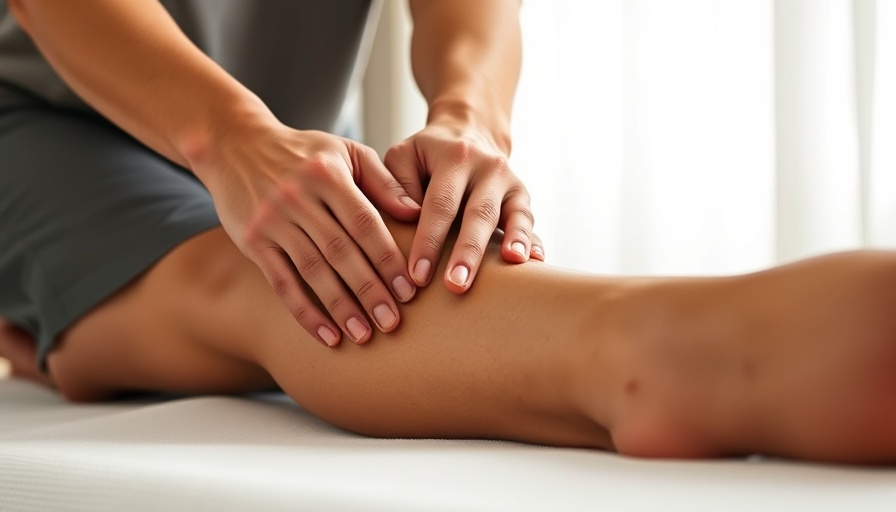
A Deep Dive into Oncology Massage: Understanding Its Unique Benefits
Oncology massage is not just a treatment; it’s a holistic approach tailored specifically for individuals navigating the complexities of cancer and its subsequent treatments. Therapists trained in this specialized field prioritize the physical and emotional well-being of their clients, providing a form of gentle massage therapy designed to reduce pain and enhance relaxation. Unlike traditional body massage, oncology massage is adaptive and customizable, ensuring that pressure and positioning are adjusted according to the patient’s unique condition and comfort level.
The Intersection of Massage and Physical Activity for Cancer Survivors
With the rise of the ‘Active Survivor’ movement, there has been a significant shift in the perception of physical health for those living with cancer. Research increasingly supports the idea that engaging in regular exercise can enhance recovery and improve quality of life. As cancer patients and survivors embrace various forms of physical activity, from moderate walking to more vigorous routines, the role of oncology massage becomes even more critical. Massage therapy can serve as a complement to exercise, helping alleviate muscle tension and promote overall wellness.
Enhancing Quality of Life Through Comfort and Care
One of the standout features of oncology massage is its ability to enhance the overall quality of life for cancer patients. By easing symptoms such as fatigue and anxiety, this form of therapeutic massage contributes to a holistic sense of well-being. It is not just about relaxation; it’s about creating a safe and calming environment where individuals feel cared for during one of their life’s most challenging journeys. The relationship between the practitioner and the patient is paramount in fostering this atmosphere of trust and comfort.
Practical Insights for Practitioners
For massage therapy practitioners delving into the realm of oncology massage, continuous education is essential. Understanding the latest research on exercise benefits, psychological impacts, and physical limitations is paramount to providing effective, compassionate care. Practitioners should also consider incorporating feedback from patients to refine their techniques further and ensure sessions are genuinely supportive.
In summary, oncology massage represents a beautiful intersection of healing, exercise, and emotional support, enabling patients not just to survive but to thrive. As this specialized therapy continues to evolve, it complements an ethos of holistic health management that can inspire both patients and practitioners alike.
 Add Row
Add Row  Add
Add 




Write A Comment